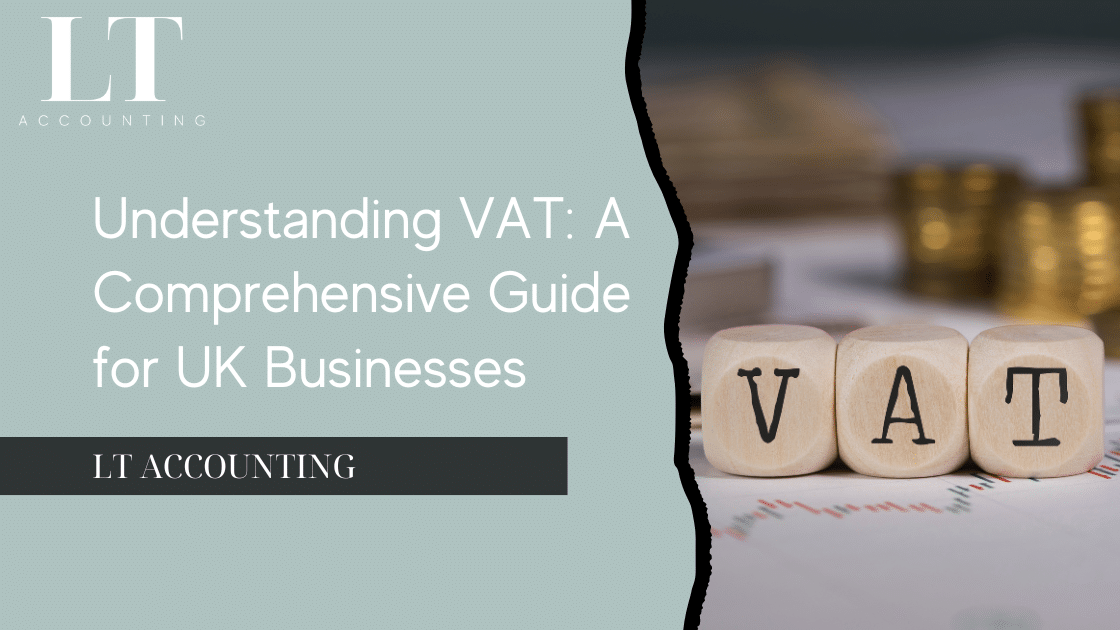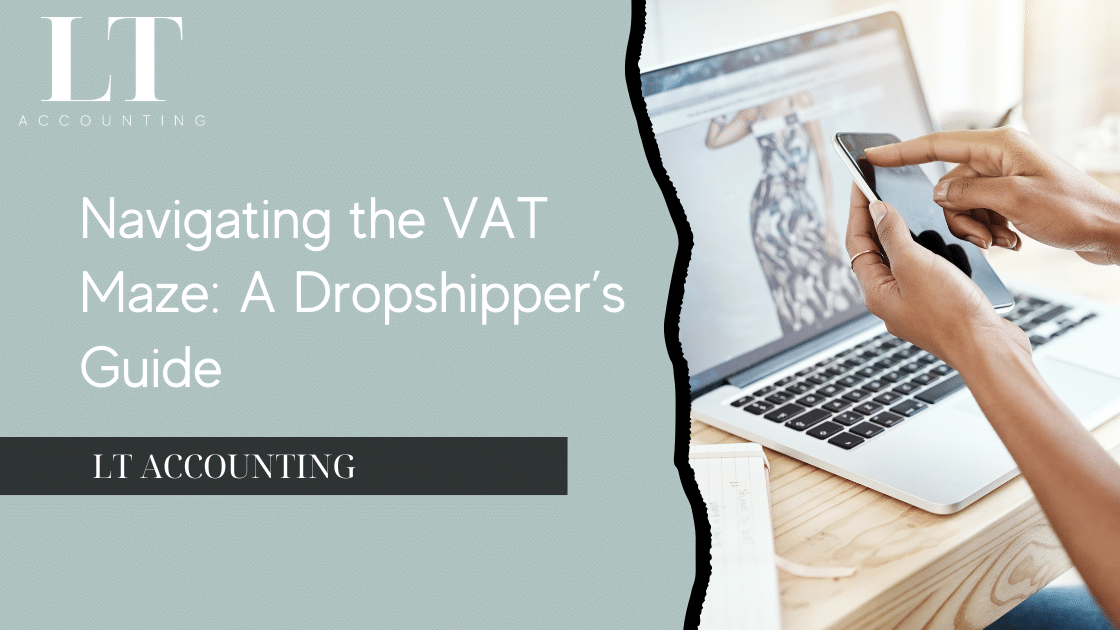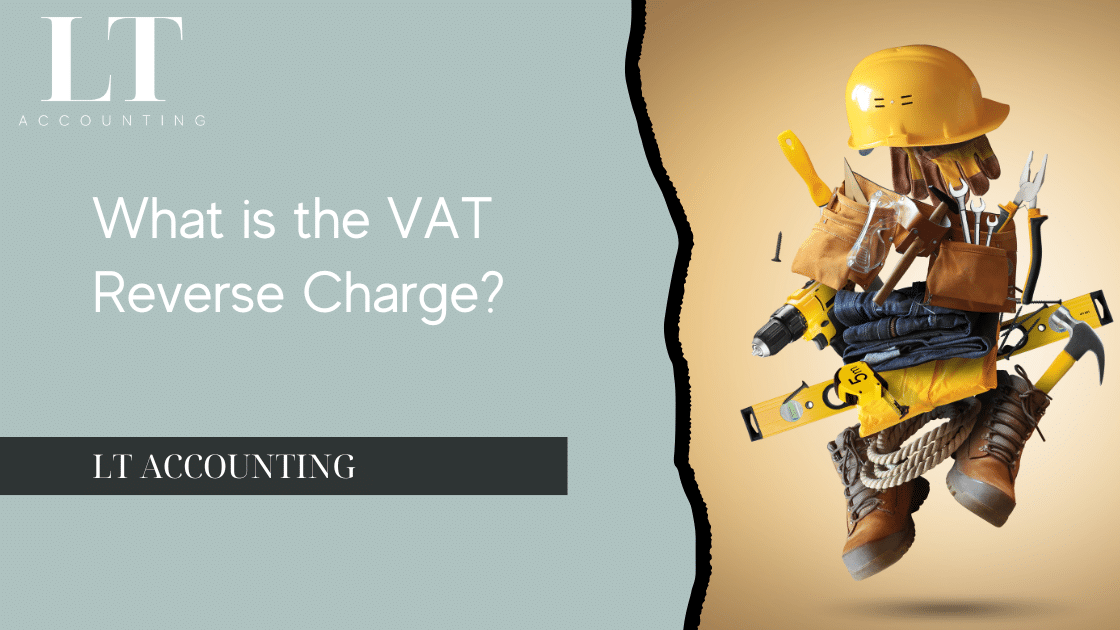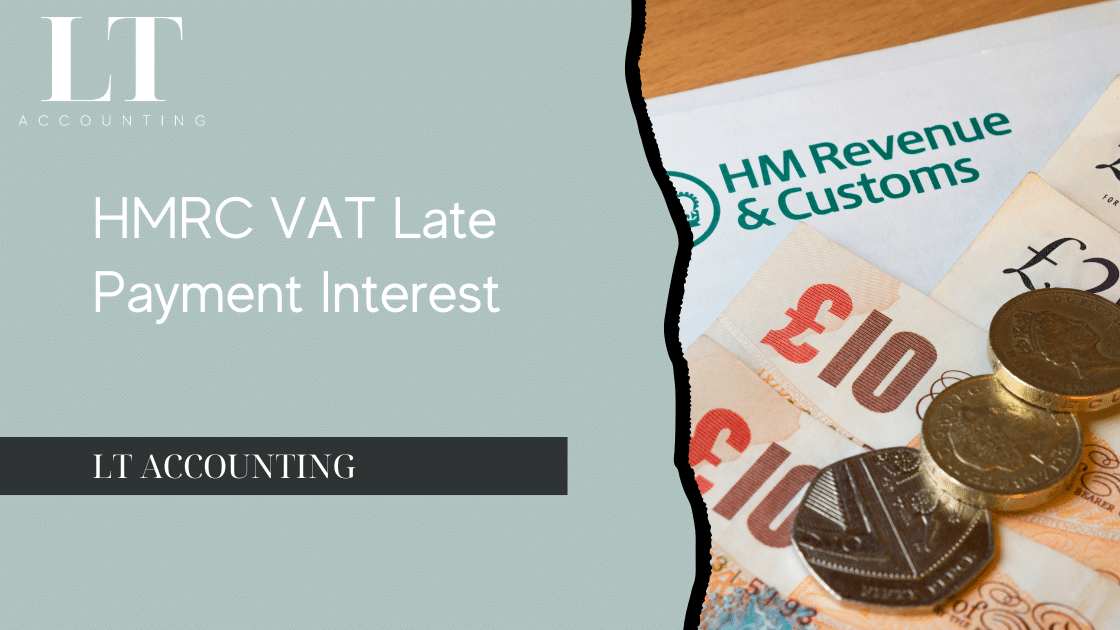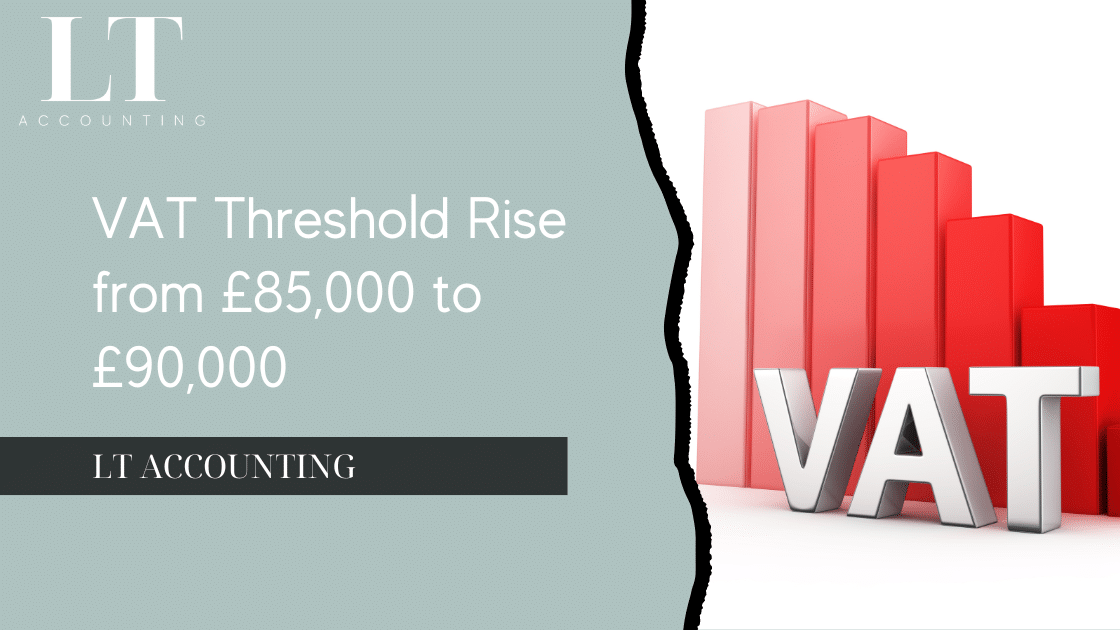Introduction to VAT in the UK
Value Added Tax (VAT) is a crucial element of the UK tax system, impacting most goods and services consumed or used within the country. As a consumption tax, it’s not just a concern for businesses but indirectly affects everyone, with its implementation being a significant revenue source for the government. Understanding VAT is paramount for businesses, as it directly influences pricing, accounting, and compliance practices.
VAT operates under a principle where tax is applied to the value added at each stage of production or distribution. For businesses, this means charging VAT on their sales (output tax) and reclaiming VAT on their purchases (input tax). The difference between these amounts is then paid to HM Revenue and Customs (HMRC), the UK’s tax authority.
Why is understanding VAT important for businesses? For one, it affects pricing strategies, as the VAT charged on goods and services impacts the final price to consumers. Additionally, proper VAT management ensures compliance with tax laws, preventing penalties. It also offers potential cash flow and financial planning advantages, especially for those who understand its intricacies well.
Understanding the importance of VAT within the UK business landscape is the first step towards effective financial management. As businesses engage in transactions, whether purchasing supplies or selling products, VAT plays a continuous role in shaping financial outcomes. Ensuring compliance not only avoids penalties but can also optimise a business’s tax position, showcasing the direct link between VAT knowledge and a company’s financial health.
In conclusion, VAT is more than just a tax; it’s a vital part of the UK’s economic framework. Businesses must grasp its principles to navigate the complexities of compliance, pricing, and financial planning. This understanding begins with recognising the necessity of VAT in our economic system and extends into mastering its application within your business operations.
Up next, we’ll dive into the specifics of VAT registration, shedding light on who needs to register, the benefits of voluntary registration, and the step-by-step process to ensure your business meets its VAT obligations seamlessly.
Understanding VAT Registration
Navigating the waters of VAT registration is a pivotal step for any UK business. Whether you’re launching a new venture or managing an established company, understanding when and how to register for VAT is crucial. This section unpacks the essentials of VAT registration, guiding you through mandatory and voluntary registration processes.
Mandatory VAT Registration
Businesses must register for VAT if their VAT-taxable turnover exceeds the £90,000 threshold over a rolling 12-month period. VAT-taxable turnover refers to the total value of everything you sell that isn’t exempt from VAT. It’s important to monitor your turnover closely, as exceeding this threshold necessitates registration within 30 days to avoid penalties.
Voluntary VAT Registration
Interestingly, businesses can opt for voluntary VAT registration even before hitting the threshold. This strategy can be beneficial for several reasons:
- Reclaiming VAT on Purchases: Voluntarily registered businesses can reclaim VAT on their business expenses, potentially leading to significant savings.
- Enhancing Business Reputation: A VAT-registered business may appear more established and trustworthy to clients and suppliers.
- Preparing for Growth: Early registration can simplify the transition as your business grows beyond the threshold.
The Registration Process
Registering for VAT is straightforward, primarily done online via the HMRC website. Here’s a simplified step-by-step guide:
- Prepare Necessary Information: Before starting, gather all required details, including your business’s contact information, bank details, and turnover.
- Create a Government Gateway Account: If you don’t already have one, you’ll need to create an account to access HMRC’s online services.
- Complete the VAT Registration Form: Fill in the VAT1 form online, providing details about your business and its operations.
- Wait for Your VAT Registration Certificate: Once your application is processed, you’ll receive a VAT registration certificate, confirming your VAT number and detailing when to submit your first VAT Return and payment.
Key Considerations
- Timing: Consider the best time to register, especially if opting for voluntary registration. Timing can affect cash flow and reporting obligations.
- Record-Keeping: VAT registration requires diligent record-keeping to ensure accurate VAT returns. Investing in robust accounting software can be beneficial.
- Seek Professional Advice: The nuances of VAT registration can be complex. Consulting with a VAT expert or an accountant can provide tailored advice, ensuring compliance and maximising potential benefits.
In conclusion, VAT registration is a critical component of managing a business in the UK. Whether your business crosses the mandatory threshold or you choose to register voluntarily, understanding the registration process and its implications is key to compliance and financial optimisation. With careful consideration and possibly professional guidance, businesses can navigate VAT registration effectively, laying a solid foundation for financial management and growth.
Next, we’ll explore the different VAT rates and categories, offering insights into how VAT is applied to various goods and services, and what this means for your business operations and pricing strategies.
VAT Rates and Categories
In the UK, Value Added Tax (VAT) is not a one-size-fits-all system; it involves several rates applied to different categories of goods and services. Understanding these rates and their applicable categories is essential for businesses to ensure compliance, correctly price their products and services, and reclaim VAT on their purchases where applicable. This section delves into the specifics of these VAT rates and the categories they apply to.
Standard VAT Rate
The standard VAT rate is the rate that applies to most goods and services in the UK. As of this writing, it stands at 20%. This rate covers a broad spectrum of transactions, from consumer retail products to various services. Businesses must apply this rate unless the goods or services they provide are classified under the reduced or zero rates.
Reduced VAT Rate
The reduced VAT rate is set at 5% and applies to specific goods and services deemed essential or beneficial from a policy perspective. Examples include children’s car seats, home energy, and some health products. The reduced rate aims to make these essential goods and services more affordable to the general population.
Zero VAT Rate
The zero VAT rate applies to certain goods and services, making them effectively exempt from VAT at the point of sale, but allowing businesses to claim back VAT on the related costs. Items in this category include most food products, books, newspapers, and children’s clothes. The zero rate is particularly beneficial for businesses that sell these items, as it allows them to improve cash flow by reclaiming VAT on their inputs.
Categories of Goods and Services Under Each Rate
Understanding which rate applies to your business’s goods or services is crucial. Here are some general guidelines:
- Standard Rate (20%): Applies to most goods and services, including electronics, alcohol, and restaurant meals.
- Reduced Rate (5%): Targeted at specific sectors, such as home energy and mobility aids for the elderly.
- Zero Rate (0%): Covers essentials like food (excluding meals in restaurants or hot takeaway food), books, and children’s clothing.
Key Considerations
- Staying Updated: VAT rates and categories can change due to legislative updates or policy shifts. Regularly check HMRC updates or consult with a VAT specialist to stay informed.
- Exemptions and Reliefs: Some items are exempt from VAT or qualify for relief, significantly affecting pricing and accounting practices.
- Record-Keeping and Reporting: Accurate record-keeping and reporting are vital. Ensure that sales are categorised correctly according to the applicable VAT rate for compliance and audit purposes.
In conclusion, understanding the different VAT rates and the categories they apply to is essential for UK businesses. This knowledge ensures compliance with tax laws, informs pricing strategies, and facilitates the reclaiming of VAT on business expenses. As the tax landscape evolves, staying informed about VAT rates and their application will remain a key aspect of successful business management.
Next, we’ll explore VAT exemptions and reliefs, providing insight into which goods and services are exempt from VAT and the reliefs available to businesses, further enhancing your understanding of VAT’s impact on business operations.
VAT Exemptions and Reliefs
Navigating the maze of VAT in the UK involves more than understanding the standard, reduced, and zero rates; it’s also crucial to grasp the concept of VAT exemptions and reliefs. These exceptions play a vital role in the tax treatment of certain goods and services, affecting how businesses charge VAT and reclaim it on their costs. This section explores the intricacies of VAT exemptions and reliefs, shedding light on their implications for UK businesses.
VAT Exemptions
VAT exemptions apply to specific goods and services, making them neither standard, reduced, nor zero-rated, but entirely outside the VAT system. It means businesses that sell exempt items cannot charge VAT on these sales and, critically, cannot reclaim VAT on expenses related to making exempt supplies. Common categories of exempt items include most financial and insurance services, education and training, and certain charitable activities.
Understanding which goods and services are exempt is crucial for businesses to ensure they’re not incorrectly charging VAT or missing out on potential reclaim opportunities elsewhere in their operations.
VAT Reliefs
VAT reliefs are designed to reduce the amount of VAT payable or allow certain items to be sold VAT-free, under specific conditions. These reliefs are often targeted at promoting social policy objectives or supporting small businesses and specific industries. Key examples include:
- Disabled Persons’ Relief: This allows for certain goods and services supplied to disabled people to be zero-rated.
- Cultural Exemptions: Certain supplies made by museums, galleries, and cultural institutions can be exempt from VAT.
- Charity-Related Reliefs: Goods and services sold by charities may benefit from reduced rates or exemptions if they meet specific criteria.
Applying for VAT Exemptions and Reliefs
The application of exemptions and reliefs varies depending on the specific conditions set out by HMRC. In some cases, businesses may need to apply directly to HMRC for recognition of their exempt status or eligibility for relief. In others, the relief applies automatically, provided the business meets the necessary criteria. Keeping accurate records and documentation is essential for proving eligibility and supporting VAT returns.
Key Considerations
- Stay Informed: VAT regulations, including exemptions and reliefs, can change. Regular updates from HMRC and consultations with VAT specialists can help businesses stay compliant and maximise benefits.
- Impact on Pricing: Understanding exemptions and reliefs can significantly affect pricing strategies, especially for businesses operating in sectors where these are common.
- Documentation and Compliance: Proper documentation is crucial for claiming exemptions or reliefs and defending these claims during audits or reviews by HMRC.
In conclusion, VAT exemptions and reliefs represent important considerations for UK businesses, affecting both how they charge VAT on sales and reclaim it on purchases. By thoroughly understanding these aspects, businesses can ensure compliance with VAT regulations, optimise their tax positions, and potentially gain a competitive advantage in their market.
Next, we’ll delve into VAT returns and accounting schemes, highlighting the procedural aspects of VAT compliance and the different schemes available to simplify VAT calculations and payments for businesses.
Common VAT Pitfalls for UK Businesses
VAT compliance poses various challenges, and even the most diligent businesses can stumble over common pitfalls. Understanding these potential issues and knowing how to avoid them is crucial for maintaining smooth operations and avoiding penalties. This section highlights some of the most common VAT pitfalls encountered by UK businesses and provides tips on how to steer clear of them.
Undercharging VAT
One of the most straightforward yet often overlooked mistakes is undercharging VAT. This can happen if businesses mistakenly apply a lower VAT rate than required or forget to include VAT in their prices altogether. It’s essential to:
- Regularly Review VAT Rates: Ensure that you’re applying the correct VAT rates, especially given that rates and regulations can change.
- Audit Your Pricing Strategies: Regularly check that your pricing includes the correct VAT amount, especially if you offer a wide range of products or services.
Late VAT Payments and Returns
Failing to submit VAT returns and payments on time is a common pitfall with potentially severe consequences, including penalties and interest charges. To avoid this:
- Implement Reminders: Use accounting software that alerts you to upcoming VAT deadlines.
- Consider Cash Flow: Plan ahead to ensure you have sufficient funds available to cover your VAT bill.
Incorrect VAT Returns
Mistakes in VAT returns, whether from incorrect calculations or misunderstanding which items are taxable, can lead to discrepancies that HMRC may investigate. To prevent errors:
- Maintain Accurate Records: Keep detailed records of all transactions, including invoices and receipts, to support your VAT return entries.
- Use Reliable Accounting Software: Invest in accounting software that can help automate VAT calculations and reduce the risk of errors.
Not Reclaiming VAT on Purchases
Businesses often miss out on reclaiming VAT on eligible expenses, either because they’re unaware they can or due to lost receipts. Maximising your VAT reclaim involves:
- Educating Your Team: Ensure that everyone involved in purchasing understands which expenses are VAT-reclaimable.
- Keeping Comprehensive Records: Maintain organized records and receipts for all purchases to support your VAT reclaim.
Ignoring the Implications of International Trade
Trading with businesses outside the UK brings additional VAT considerations, especially post-Brexit. These can include understanding when to charge VAT on exports or how to handle VAT on imports. Businesses engaged in international trade should:
- Stay Informed on VAT for International Trade: Regulations can differ significantly, so it’s crucial to understand the VAT implications of trading with other countries.
- Seek Expert Advice: Consider consulting with a VAT specialist or customs broker to navigate the complexities of international VAT regulations.
In conclusion, avoiding these common VAT pitfalls requires vigilance, accurate record-keeping, and a proactive approach to managing your VAT responsibilities. Implementing robust processes and possibly seeking professional advice can help ensure that your business remains compliant, avoids unnecessary penalties, and capitalises on all available VAT reliefs and rebates.
Next, we’ll wrap up by summarising the key points covered in this comprehensive guide to understanding VAT for UK businesses and how professional VAT assistance can not only help avoid these pitfalls but also optimise your VAT handling for better financial health and compliance.
Navigating VAT Changes and Updates
Staying abreast of VAT legislation changes and updates is critical for UK businesses to ensure ongoing compliance and optimise their tax positions. The VAT landscape is subject to periodic adjustments driven by budget announcements, changes in economic policy, or shifts in the regulatory environment. This final section highlights the importance of keeping up with these changes and offers strategies for businesses to stay informed and adapt effectively.
Keeping Up with VAT Legislation Changes
Changes in VAT legislation can have a significant impact on businesses, affecting everything from VAT rates to eligibility criteria for various reliefs and schemes. For instance, temporary rate changes, like those introduced for the hospitality sector during the COVID-19 pandemic, require quick adaptation from affected businesses to stay compliant and financially healthy.
Staying informed is key. Businesses can:
- Subscribe to HMRC Updates: HMRC provides regular newsletters and alerts about VAT and other tax changes.
- Join Industry Associations: These organisations often provide members with updates on legislation changes relevant to their sector.
- Use Professional Services: Accounting firms and VAT specialists offer services to keep businesses informed and compliant with the latest VAT regulations.
Future Outlook and Potential Impacts on Businesses
Looking ahead, VAT changes are likely to continue reflecting broader economic policies and specific sector challenges. For example, environmental policies may influence VAT rates on certain goods and services, encouraging sustainability. Additionally, post-Brexit trade arrangements may further affect VAT treatment for businesses engaged in international trade.
Adapting to VAT Changes
To effectively adapt to VAT changes:
- Review and Adjust Accounting Practices: Regularly assess your VAT handling processes to ensure they align with current legislation.
- Plan for Financial Impact: Anticipate how changes might affect your cash flow and pricing, and plan accordingly.
- Seek Professional Advice: Especially for complex changes, consulting with VAT experts can provide clarity and strategic insight.
Conclusion and Professional VAT Assistance
Understanding VAT—a cornerstone of the UK tax system—is crucial for businesses to navigate its complexities confidently. From registration and understanding different rates to navigating exemptions, reliefs, and compliance pitfalls, VAT management is a multifaceted challenge that requires ongoing attention and expertise.
LT Accounting offers comprehensive VAT services designed to support businesses through every aspect of VAT management. Whether you’re grappling with registration, seeking to optimise your VAT returns through appropriate schemes, or need guidance on adapting to legislative changes, professional assistance can prove invaluable. Our services include:
- VAT Registration Assistance: Helping you understand when and how to register, whether mandatorily or voluntarily.
- VAT Return Filing: Ensuring accurate and timely submission of your VAT returns, optimising your cash flow and compliance.
- Navigating Exemptions and Reliefs: Advising on how to apply exemptions and reliefs to benefit your business financially.
- Legislative Updates: Keeping you informed of VAT legislation changes and how they impact your business.
By partnering with LT Accounting, businesses can demystify VAT management, avoid common pitfalls, and ensure they are positioned for financial success and compliance. Understanding VAT is not just about compliance; it’s a strategic business practice that can significantly impact your bottom line.
Navigating VAT effectively demands a proactive approach, and LT Accounting is here to guide you every step of the way. Stay informed, stay compliant, and optimise your VAT strategy for the best financial outcomes.

